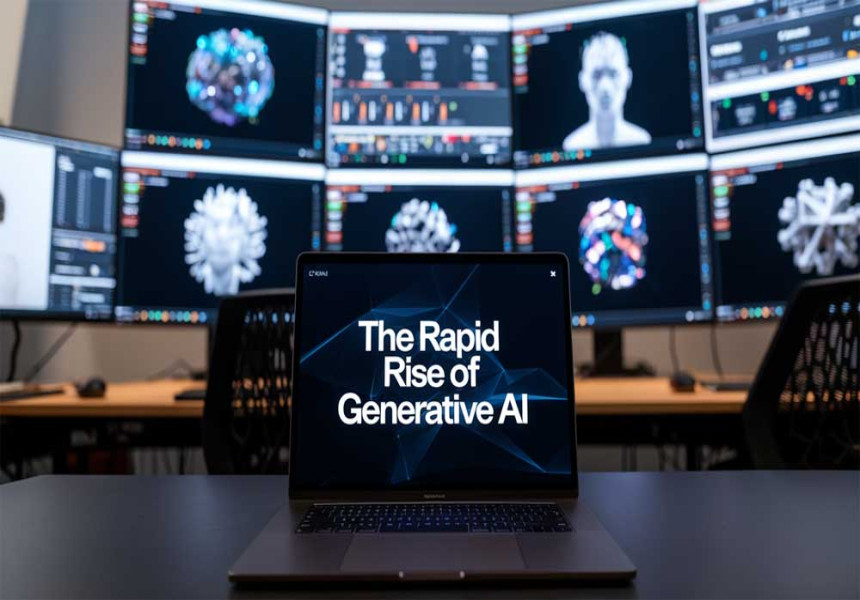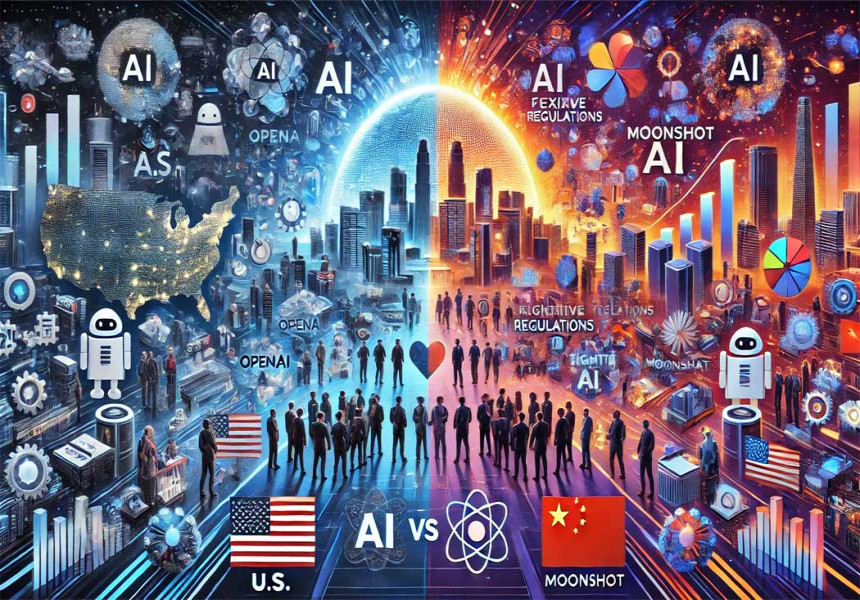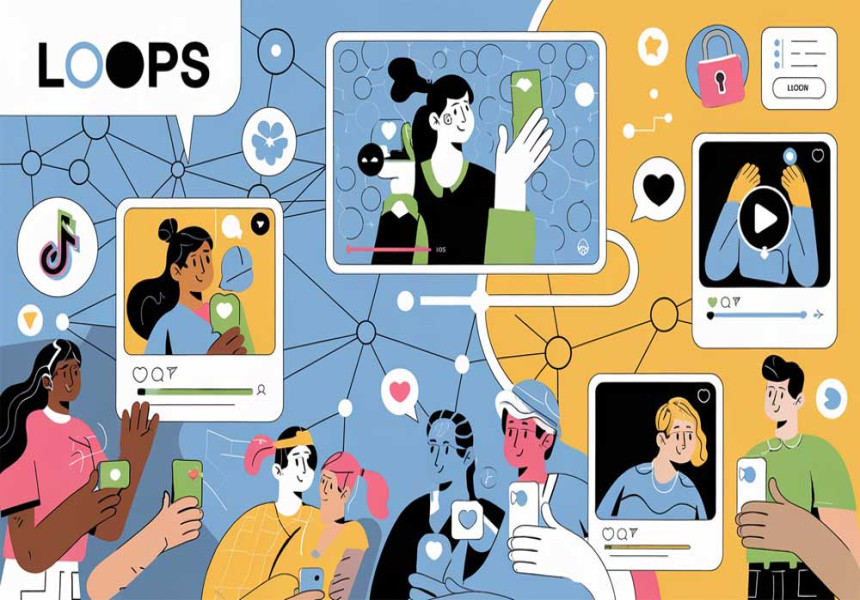The Rapid Rise of Generative AI: Transforming Work and Life at Unmatched Speed
The adoption of generative AI is accelerating at an extraordinary pace, outstripping the uptake of technologies like personal computers and the Internet. Just two years after its introduction, 39% of users in the United States regularly engage with this technology, compared to only 20% who adopted PCs and the same percentage for Internet use within the first three years. This remarkable speed is driven by generative AI's capacity to deliver immediate, tangible benefits and its adaptability to various professional and personal contexts.
Widespread Impact of Generative AI
Generative AI is making waves across multiple sectors. About 28% of American workers report using this technology in their jobs, while 32% utilize it in their personal lives. Tools like ChatGPT are being harnessed for tasks such as content creation, data analysis, and automating repetitive activities. Major corporations like IBM and Deloitte have integrated generative AI into their workflows, leading to improved efficiency and reduced errors. Small and medium-sized enterprises (SMEs) are also reaping the rewards of automation, enabling employees to focus on more strategic initiatives.
Economic Potential
According to McKinsey, generative AI could add between $2.6 trillion and $4.4 trillion annually to the global economy. This potential stems from its application across various business functions, including marketing, customer operations, software engineering, and research and development. The technology can automate tasks that currently consume 60-70% of employees' time, fundamentally changing how work is performed and enhancing productivity across sectors.
Disparities in Adoption Rates
The rate of generative AI adoption varies significantly among different socioeconomic groups and industries. Workers with higher educational attainment are more likely to use this technology (40%) compared to those with lower educational backgrounds (20%). Additionally, industries such as technology and finance tend to adopt these tools more readily than others.
Opportunities for Businesses
Generative AI offers numerous applications that can enhance business value:
- Content Creation: Businesses can leverage generative AI for marketing materials, product descriptions, and personalized recommendations.
- Customer Service: Advanced chatbots can provide human-like interactions, improving customer engagement.
- Data Augmentation: In data-driven fields, generative AI can create synthetic datasets that enhance machine learning models.
- Supply Chain Optimization: The technology can forecast demand and optimize inventory management.
Transforming Creative Industries
Generative AI is revolutionizing creative fields as well. In music, art, and design, it serves as a collaborative partner that inspires new ideas and enhances creativity. Applications like DALL-E enable users to generate unique visual content effortlessly. Moreover, in media and entertainment, generative AI can create highlight reels or manage extensive media libraries through smart tagging systems.
New Job Roles
The rise of generative AI is also leading to the emergence of new job roles such as data annotators, AI trainers, and ethical compliance officers who ensure responsible AI usage. As companies continue to integrate this technology into their operations, a demand for professionals skilled in managing and optimizing generative AI applications will grow.
Challenges Ahead
Despite its benefits, challenges remain in adopting generative AI effectively. Companies must address issues related to:
- Skill Gaps: Many organizations lack personnel with the necessary skills to implement generative AI solutions effectively.
- Transparency: Businesses must be clear about how they use AI-generated content to maintain authenticity.
- Human Oversight: Maintaining a level of human control over AI outputs is crucial for quality assurance.
The rapid expansion of generative AI presents unprecedented opportunities for enhancing productivity and efficiency across various sectors. However, it is essential to confront challenges related to skill development and change management to ensure that these benefits are widely accessible and sustainable in the long run. As organizations navigate this transformative landscape, embracing best practices will be key to unlocking the full potential of generative AI while mitigating associated risks.









